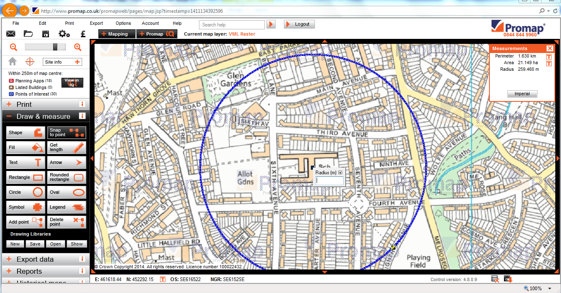Landmark Information Group has become the first
company in the world to offer genetically guided corporate wellness programmes
to help staff manage their diet and boost their fitness.
Landmark has teamed up with British Olympian and double Commonwealth 2014
Games Medal winning cyclist Jess Varnish and British nutrigenetics firm DNAFit
Life Sciences to offer DNAFit, a test which reveals the best workout and diet
to help weight loss and improve wellness.
Jess has used the DNAFit test to refine her training and 50 staff at Landmark
have followed suit, including CEO Mark Milner. All will receive their own
bespoke DNAFit diet, nutrition and exercise plans to help change their lives.
They will also have the chance to turn science fact into pedal power in Landmark’s
Bike Week ‘JESS’S JOGLE’ challenge - to ‘virtually’ cycle the distance from John
O’Groats to Land’s End (955 miles).
Exercise bikes allowing all staff to take up the challenge will be
located at Landmark’s offices in Brighton, Exeter and Reading. Participating
staff are also helping to raise money for Cycling Projects, which promotes
accessible cycling nationwide. All staff will also be invited to attend genetic
workshops hosted by DNAFit Consultant and athlete Andrew Steele, who used the
programme as part of his training for the British Olympics men’s 400m.
Landmark’s health and wellbeing initiative comes at a time when the NHS
has raised concerns that obesity is causing millions to suffer life-long
illness. NHS Chief Executive Simon Stevens will publish plans next month to
encourage private companies to help staff lose weight by holding slimming
classes, running clubs and promote cycling.
“At Landmark, we are already powering ahead by promoting healthy lifestyles
through a range of initiatives, like JESS’S JOGLE challenge,” said Landmark’s
CTO, Ian Clarke. “A healthy employee is
a productive employee. DNAFit enables staff to know the very best diet for
their own genetics and train according to their unique genetic makeup, in the
process influencing behavioural change and creating motivation.”
The revolutionary DNAFit test – which made news
around the world when it was revealed it was being used by English Premier
League soccer teams and Olympic athletes – scans up to 45 gene variants
linked to a body’s capacity to cope with training and food. The tests reveals
if a person is best suited to endurance exercise (heavy cardio) or power
exercise (weights and sprints), how much recovery time is needed between
training and the risk of soft tissue damage.
In a recent study of 191 obese people by the University of
Trieste, those using a DNA-matched diet lost 33 per cent more weight than those
counting calories. The DNAFit test also reveals a person’s carbohydrate
and saturated fat sensitivity, lactose and gluten intolerance risk, as well as
their ideal diet, detox ability, anti-oxidant needs, vitamin and micronutrient
intake, salt and caffeine sensitivity.
Jess Varnish said: “I think it’s excellent that Landmark is the first to
offer this test to its staff. It’s really important to me to promote positive
values around overall fitness, health and wellbeing. As Landmark’s ambassador I’m
really excited to see how they are embedding this approach as part of their own
internal ethos.”
DNAFit’s founder Avi Lasarow
added: “We’re delighted Landmark has become the first firm to offer genetic
testing for its staff. They will now be
able to train and eat smarter, confident that they have a workout and diet that
is personalised.”
For more information visit www.landmarkbikeweek.co.uk and
follow Landmark’s Twitter account @LandmarkUK #blazeatrail.
To support the week and make a
donation to Cycle Projects, please visit the JustGiving page at: https://www.justgiving.com/landmarkbikeweek/

















